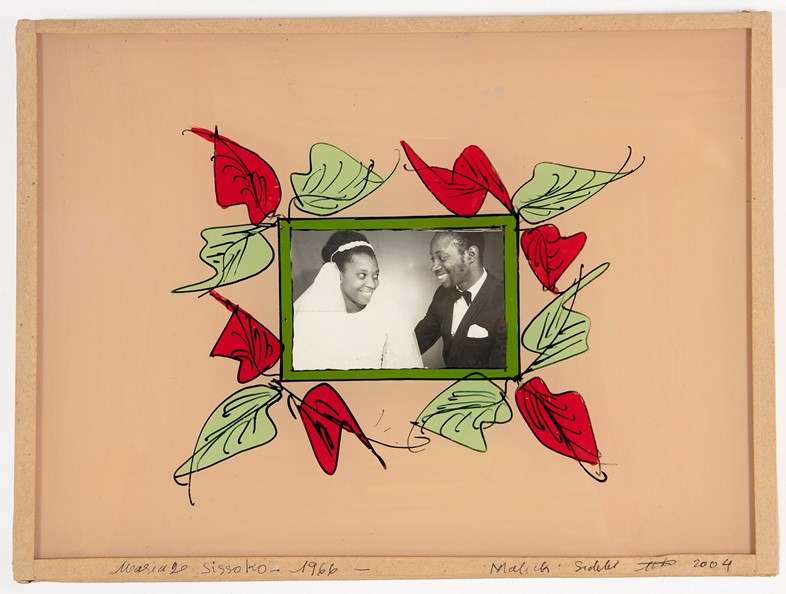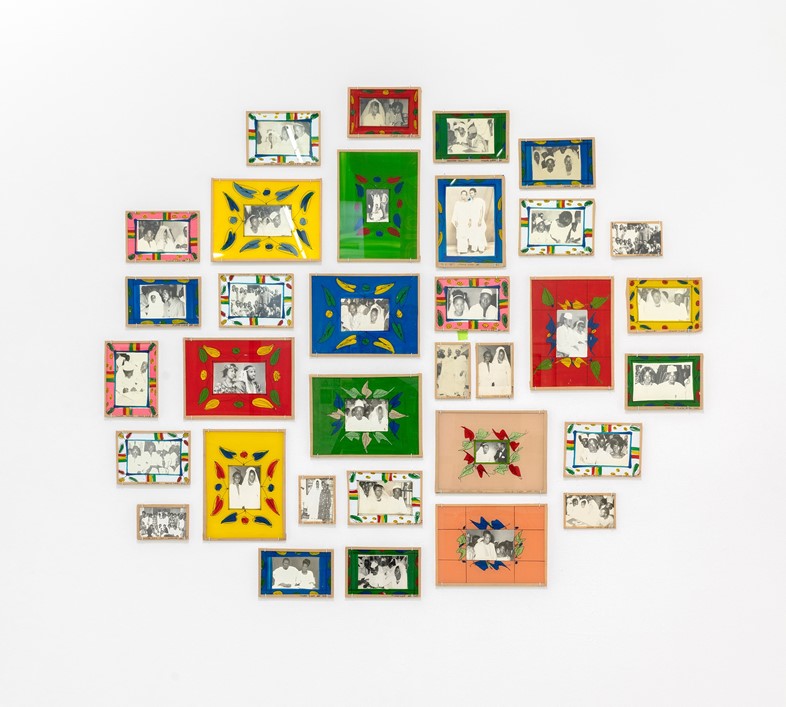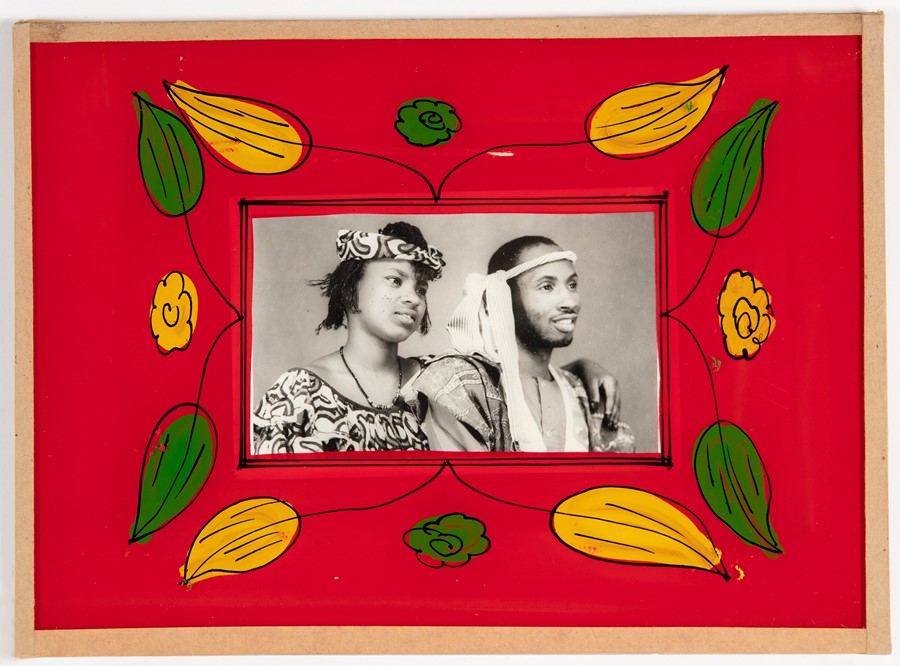Love, Power, Peace shows a more intimate side of Mali’s treasured photographer, Jack Shainman explains
For over two decades, Malick Sidibé famously immortalised the pulse of a Modernist Mali, newly free from colonial constraints and ardently joining a global, diasporic youth movement. From intoxicating dance parties to eccentric fashion sights, no fragment of the West African nation’s thriving culture would escape the lens of the ingenious image-maker known as the ‘Eye of Bamako’. Yet, despite being best known for his buoyant, irresistibly vivacious photographs of 60s and 70s Malian youth, artistic scene and nightlife, Sidibé was no stranger to the charming simplicity of intimate portraiture.

Taken between 1963 and 1989, the photographic cycle titled Mariage is a visual tribute to the quaint, enduringly tender appeal of traditional life in times of rapid historic and cultural changes. “This series of images is a circular installation,” explains Jack Shainman, whose eponymous gallery is currently exhibiting a selection of the late Sidibé’s lesser known works. “The individuals depicted are young couples on their wedding days. These images are very distinctive, yet a part of his practice that many are unaware of.” Much of the political and social identity of independent Mali took shape through individual and collective presentation – in fashion, music, and dance – which Sidibé’s rhythmic compositions never failed to crystallise; yet, the artist wasn’t looking to create the image of a country whose recently acquired freedom was used to emulate the Western world. “Malick really changed the way Westerners view Africa,” Shainman continues. “He embraced change but was unafraid to capture traditionalism. His images broke down stigmas and supported universality – they captured the spirit of post-colonial liberation, but did not shy away from traditional customs. Most importantly, he did not try to construct images for a Western audience, but truly captured Bamako as it was swiftly developing its own modern identity.” The frames depict couples exchanging looks of unadulterated affection and displaying relaxed attitudes, stripped from the premeditated, polished façades often encountered in conventional wedding photography.

Capturing his subjects in the midst of ceremonial action, Sidibé builds the narrative of a specific time and space that empowered a culture to dictate its own stories. “When Malick was working in the 1960s and 70s, he was very much a part of the scene in Bamako,” Shainman asserts. “He was there to capture the jubilant nightlife, as well as those hoping to pose in the studio. Being photographed by Malick was a rite of passage, and for many, they also wanted him to capture significant life moments. While his individual images are strong on their own, these groupings really allow you to get a sense of how embedded he was in the community.” Crucially, aside from its documentary quality, Sidibé’s work is above all a celebration – an exhilarating ode to the joy, possibilites and spirit of hopefulness emerging from newfound independence. As such, there is a striking sense of agency felt in Sidibé’s subjects, who boldly occupy both the photograph’s frame and their nation’s public and leisure spaces. “Malick immortalised his subjects at their best,” Shainman concludes. “These wedding portraits, for instance, capture individuals as they wanted to present themselves on one of the most important days of their lives. You also get a sense of hope and joy for the future in these images; a trademark characteristic throughout Malick’s practice.”
Malick Sidibé : Love, Power, Peace runs until August 10, 2018 at Jack Shainman Gallery, New York.
